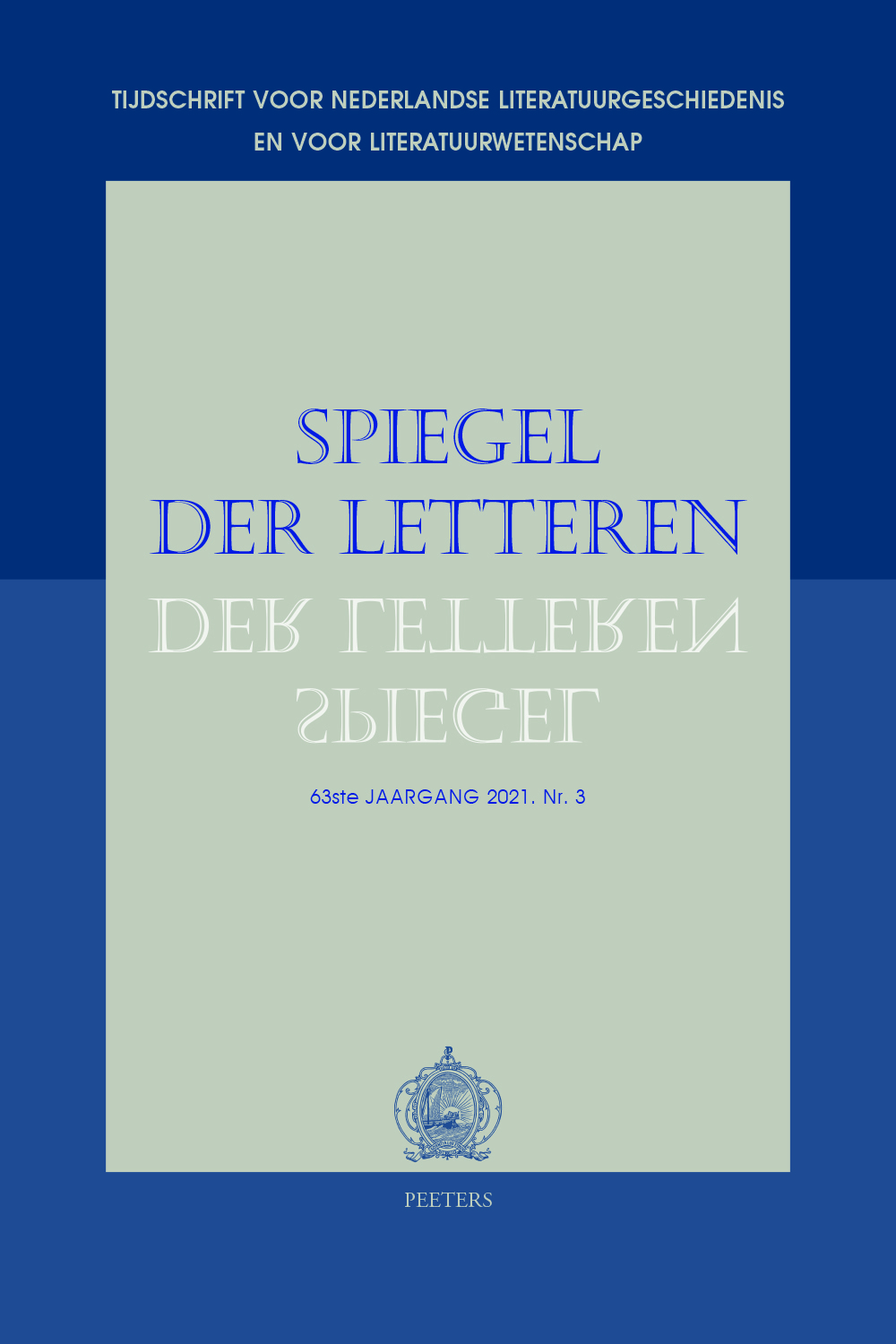 previous article in this issue previous article in this issue | next article in this issue  |

Preview first page |
Document Details : Title: Het avontuur en de huiskamer Subtitle: Ontwikkelingen in de middlebrowroman rond 1930 Author(s): VERSTRAETEN, Pieter Journal: Spiegel der Letteren Volume: 58 Issue: 3 Date: 2016 Pages: 377-403 DOI: 10.2143/SDL.58.3.3178233 Abstract : In Dutch literary culture, the end of the 1920s saw the spreading of the idea that the genre of the novel was in a deep crisis, which was attributed to, amongst others, the enduring influence of the popular model of domestic realism. As a reaction, alternative novelistic models came into currency and were competing for dominance. Apart from the well-known modernist experiments, this paper focuses on the way in which bestselling writers such as Johan Fabricius and A. Den Doolaard, within the confines of the so-called middlebrow novel, tried to develop a viable alternative for domestic realism, by turning to the popular model of the adventure story and adapting it to a new literary context, without really abandoning the realist mode, nor indulging in the formal experimentation of the different modernisms of the period. It is argued that novels such as Fabricius’s Mario Ferraro’s ijdele liefde (1929) and Den Doolaard’s De groote verwildering (1936) dramatize the conflict between adventure and domesticity, romance and realism, and hence reveal a generic hybridity that broadens our understanding of interwar middlebrow literature as a factor in the modernization of the novel genre. |
|


